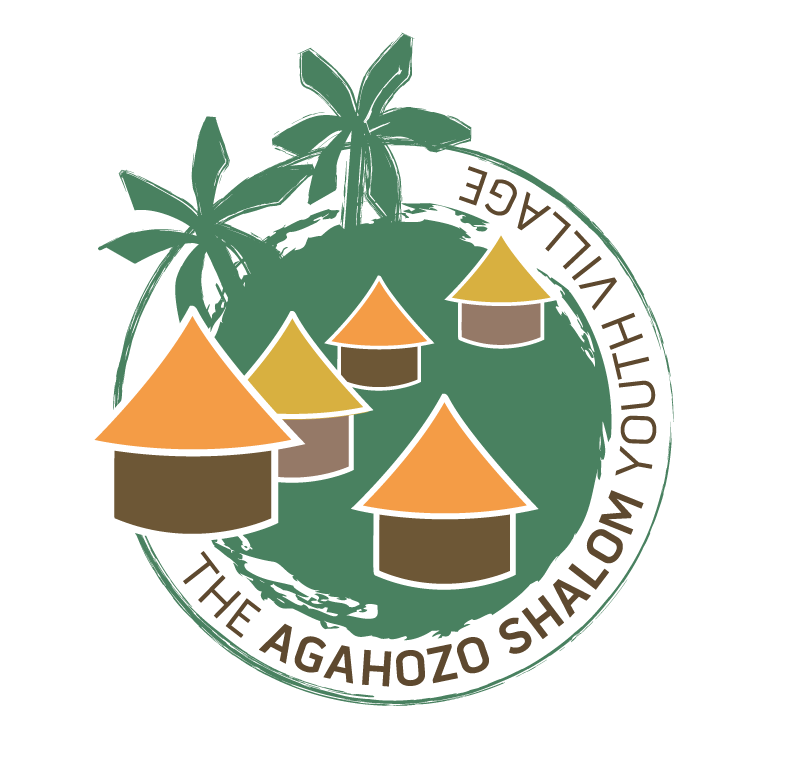DNA—NOT JUST YOUR GENETIC MAKEUP
While the students of Agahozo-Shalom are exceptionally brilliant in many ways, there is no escape from their teenage adolescence and even the best of us make mistakes. When the inevitable happens, ASYV follows a doctrine known as ‘DNA’ - discussion, negotiation, and agreement - to best mediate and enforce the Village’s adaptation of punishment. Too often in moments of anger, punishments are dealt out without sense or reason. The result is that kids learn to fear the punishment, but do not truly grasp the fault in their actions or behaviors and are thus apt to repeat their mistake. The goal of DNA is to understand why a kid made that decision, what implications that choice had, and what can be done to rectify the repercussions of the action.
Most DNA meetings involve the student, his or her mama and any other family leaders such as a big brother/sister or cousin. The discussion component of DNA gives time for the students to express their thought-process. Through discussion, educators attempt to both understand and advise a student as to when and why their actions went awry. During ‘negotiation’ the student and family educators decide what is the appropriate course of action. The agreement component refers to the compromise that is reached and the follow-through thereafter.
Director of Informal Education and Philosophy, Jean-Marie Vianney Issa Sikubwabo explains the importance of DNA. “We want to work with our students so they understand the weight of their actions and to hold them responsible for the decisions that they make. The use of DNA is another way of achieving the ASYV mission, because it raises critical thinkers, who are responsible for their community. For example, when the 1994 Genocide Against the Tutsi unfolded in Rwanda it took root because people felt as though they were not accountable for their actions. The Genocide gained momentum from this oversight. As we raise these critical thinkers we want them to understand the impact their actions have on their communities and the importance of repairing the damage that they create.”
The DNA method is very different than traditional forms of Rwandan punishment. 16-year-old, Enrichment Year (9th grade) student in the Eva Peron Family, Natacha Umutomi talked about the disciplinary policy used at her previous school in Butare, in the South of Rwanda. “At my old school we each held discipline cards. When a student made a mistake, their card was noted with a certain amount of marks in accordance with the severity of the offense. On each student's final report card, the disciplinary marks were listed, and it impacted the final grade of the student. These marks add up and hurt students' academic performance. If students are thought to not be paying attention, teachers will send you out of class and you will miss the lesson and fall further behind. Sometimes I would get disciplinary marks for being late to my morning class, even though I had to walk for many hours just to get there.”
In DNA, the action plan is relevant to the wrongdoing to ensure that the lesson has been learned. For example, if a student is late to class, his/her DNA can result in the student arriving at school ten minutes early for the remainder of the week, or putting a greater emphasis on his/her time management skills in all programs at the Village. It is the goal of DNA to instill in our students more than a respect for following orders, but the aspiration to preserve the integrity of their community at large. We want our students to feel empowered to become change makers in the world. On the way, they will inevitably make mistakes, but with the tools they have learned using DNA, they are equipped to correct their course and continue forward productively.
Submitted by Sasha Friedman, 2014 Village Fellow
